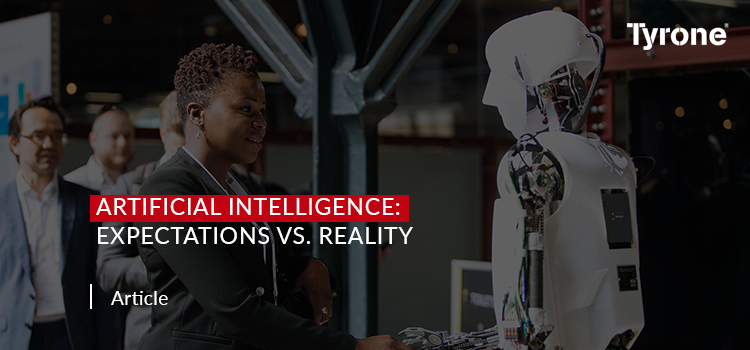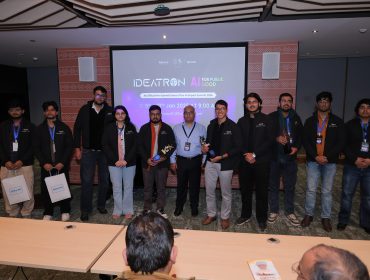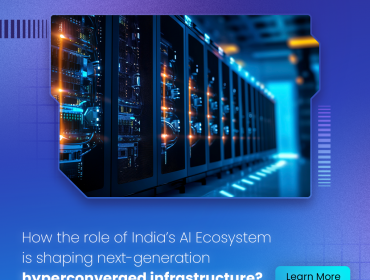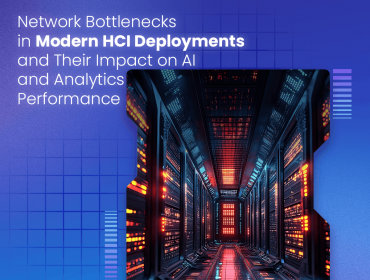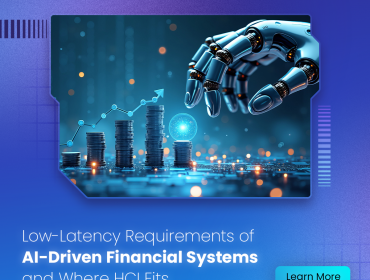These days, with all of the attention that Artificial Intelligence (AI) draws, pushback is inevitable–and can even be constructive. Any technology that advances quickly and with such feverish enthusiasm can use a wakeup call. And it must be fair and accurate in order to be helpful for just a preventative.
- In the past few weeks, the sector has been hit by a wave of AI hype remedial work.
- Opinions surface that label latest AI examples too mundane which they make the term AI virtually “significant” while others say that AI is an “empty buzzword.” Some even moved thus far to label AI with its most damning tags–”false news.”
Today’s AI programs might just be ‘ merely ‘ computer programs – lack in consciousness, volition, as well as self-awareness – but it doesn’t neglect the ability to support humans as smart staff.
- Speech Recognition
Computerized Speech Recognition, ASR, transforms look to text strings, several enterprise solutions are available for this, the current favourite was the Google Cloud Voice-to-Text API, that is a pay-by-minute web-based service–the precision and dual-language support is quite good.
- In computer science’ Garbage in, garbage out’ there is an old saying, unless the sound quality is awful, or if there’s noise throughout the background, or numerous people speak at once, it won’t work well either.
- There will be ways to catch quality audio such as beam mics which are used on robots; people also tend to read lips (although you don’t realize that you are doing it). There really is presently no available on the market ASR solution which uses all images as well as sound to our understanding, it is termed multi-modal ASR.
- Keeping AI alive
Assume an organization choosing to use AI as well as making sure AI is also an effective solution. To go along with it, its organization may have developed a system as well as strategy, but this is only the 1st step.
- Organizations must be aware which economic, technological and social alterations will require re-examination and retraining of the model. When a system is struggling to evolve but rather adapt, AI may enter a disillusionment thro.
- Information compliance can play a key role in the development of artificially smart tools in the same vein. Embedded capabilities in information governance can save businesses from legislative headaches. Lastly, AI needs to be quick.
- More processes were coming to rely on AI, and when a system needs to be retrained or new information to also be fed, time delays can interfere with efficiency.
- Ultimately, its endurance of AI is based on the joint efforts of government bodies, companies and designers. It requires to be built because more organizations embrace AI, so it needs to be developed to only last.
- Cloud computing, as well as open source motion, has fuelled development, and it is essential to understand what exponential increase of the industry might mean for implementation.
- Investment flows can soon dry up if there are no lucrative, appropriate opportunities for practical uses. That’s precisely what happened in the 1980s of Virtual Reality, and it is still recuperating today. As enticing as it may be, for immediate gratification, AI enthusiasts must not sacrifice on longevity.
- Computer Vision
Computer Vision, CV, includes many various tasks such as recognizing a face and other items in an image, there will be again many 3rd-party solutions, our present favourites are SHORE, created by Fraunhofer in Germany, this offers the position in faces in an image and an estimate of age, sexuality and facial expressions, it does not recognize people. SHORE is a payment for our robots ‘ registered option.
- Visage from Visage Innovations AB is also used in Sweden–it offers more detailed information on facial movement than SHORE.
If you have a specific CV application that you use, the Tritium framework could be introduced to it. To clarify this, there are 30 facts of artificial intelligence separating hype from reality.
By a end of the decade, 85% for all interactions will not require reps from human customer care.
- 72 percent of business leaders think that “business benefit” is artificial intelligence.
- Through 2020, 57% of industry buyers will rely on businesses to know everything they need until they ask for something. This implies the key to maintaining your clients is having solid forecast capabilities to your AI.
- Eighty percent of managers believe that AI increases productivity.
- Eighty percent of the executives analyzed view AI as just a strategic opportunity as well as “look at the highs.”
Conclusion:-
Thus AI is a great technology which will bring success and growth to the organizations. The maintenance of clients, inventory, manufacturing everywhere AI can help and can bring higher efficiency to the organizations.


